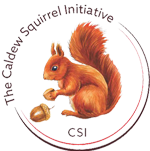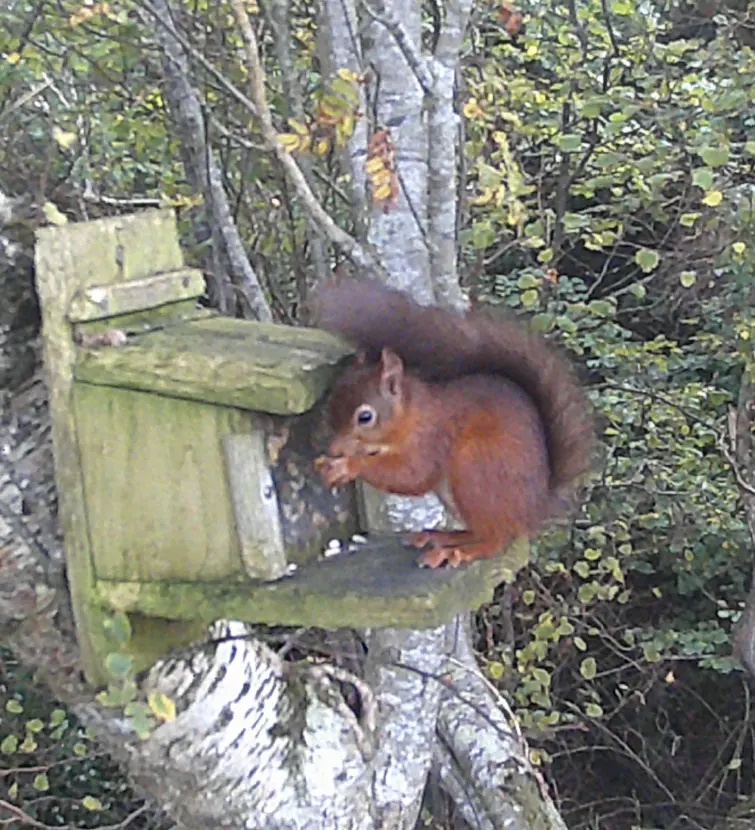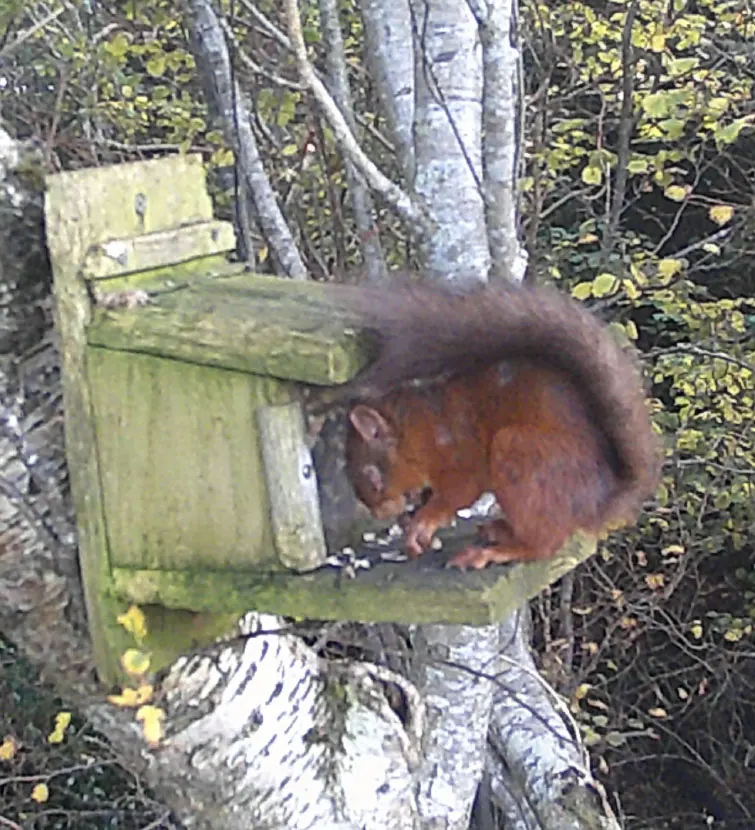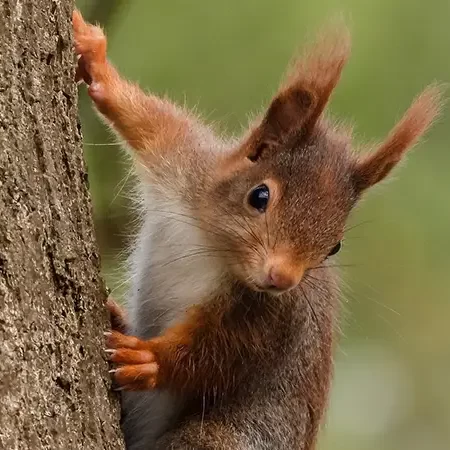
Characteristics
The red squirrel (scientific name: sciurus vulgaris) is a native species to the UK, Europe & Asia.
It is a small mammal, reddish brown in colour with a buff to cream underside, distinctive ear tufts and a long, bushy tail used for balance.
The normal lifespan of a red squirrel is 4-5 years although, sadly, large numbers do not survive their first year. Red squirrels are active all year round and are only visible normally during daylight hours. They spend most of their time feeding and foraging and prefer to move around the tree canopy rather
than across open ground, as the treetops provide safety from predators and an abundance of food.
Diet
Red squirrels rely on trees for food, with their diet mainly made up of seeds and nuts.
Pine seeds are a particular favourite, but they will also take hazelnuts, acorns and the seeds of larch and spruce. Also eaten are wild fruit and berries, plant shoots, bark, lichen, flowers and fungi.
They will also occasionally take insects, young birds and eggs, but this is rare. Red squirrels do not hibernate but in the autumn they will bury seeds and nuts, ready to be eaten in winter when food is scarce. Due to their excellent sense of smell, they are able to locate buried food even beneath one metre of snow.
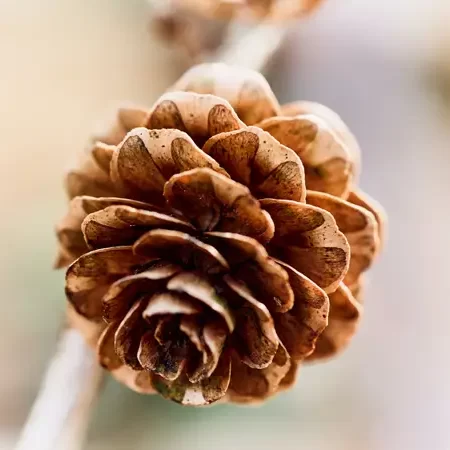
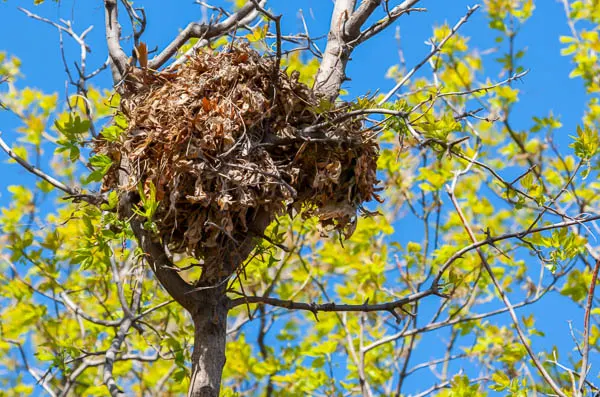
Where do they live ?
Red squirrels can live in all types of woodland but prefer mixed broad-leaf and coniferous woodland as this provides a diverse source of food all year round.
Each red squirrel will select its home dependent upon habitat quality and the abundance of food resources. As tree seeds are the most important food type, the species, age and density of trees are key factors that will influence whether a squirrel will permanently inhabit a particular woodland.
Red squirrels build nests, called dreys, formed high up in trees usually in the fork of a branch tight against the tree trunk. The drey comprises of a dense ball of interwoven twigs (roughly the size of a football) lined inside with soft materials including grass, leaves and moss.
Why are Red Squirrels at Risk ?
The native red squirrel was once widespread across the UK but is now an endangered species that is protected in law under the Wildlife & Countryside Act 1981 (as amended).
The last 50 years has seen a dramatic decline in the UK’s red squirrel population due to the loss & fragmentation of habitat and, in particular, due to disease & competition from the non-native grey squirrel, first introduced to the UK from North America in the 1870’s. There are estimated to be 290,000 red squirrels left in the UK (the majority in Scotland), compared to at least 3 million greys.
The grey squirrel is much larger & heavier than the red squirrel and thus needs more food and will often eat seeds and nuts before they are ripe enough for the reds to consume. Greys are more able to survive the winter and be in prime condition for mating in the spring and can also produce more litters of young each year than the reds. If both species are forced to live within close proximity, the fertility level, juvenile presence and breeding rate of the red squirrel all drop. As a result the reds will eventually disperse or go extinct as the grey squirrel population increases in that particular woodland.
As well as threatening the survival of reds, grey squirrels also take bird’s eggs & nestlings and cause extensive forestry damage by bark stripping.
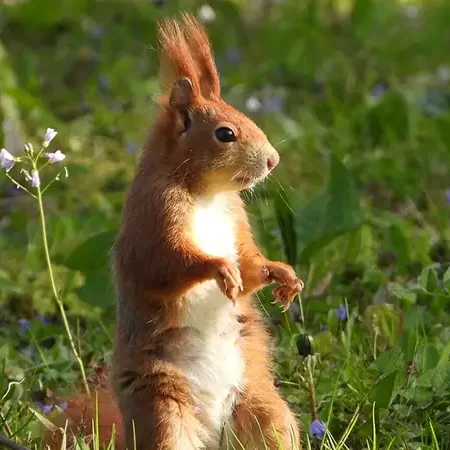
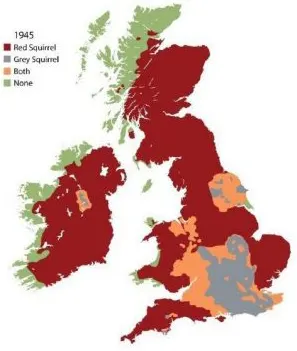
1945
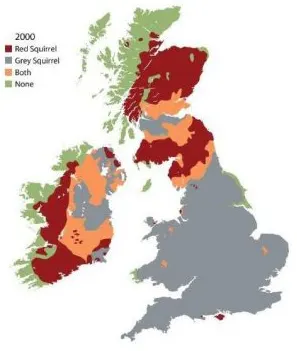
2000
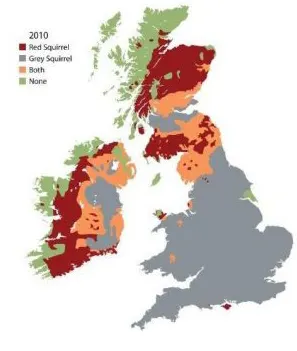
2010
Breeding
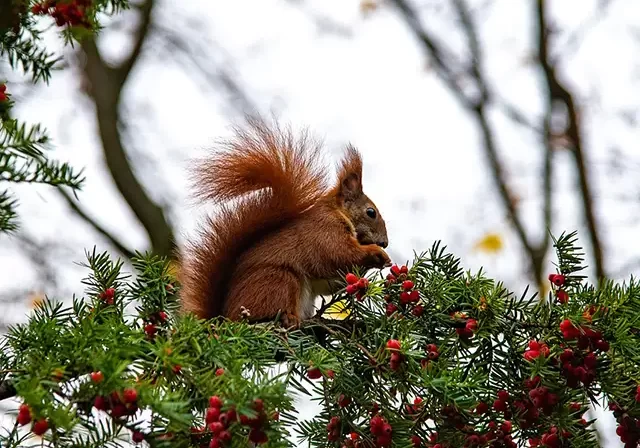
Breeding Season
The red squirrel breeding season usually begins in January when males will follow females in prolonged chases through the trees. Females will often mate with more than one partner and can produce two litters in a good year. The first is born in the spring (March/April) and if the female gains sufficient food over the summer months, she may have a second litter in the summer (July/August).
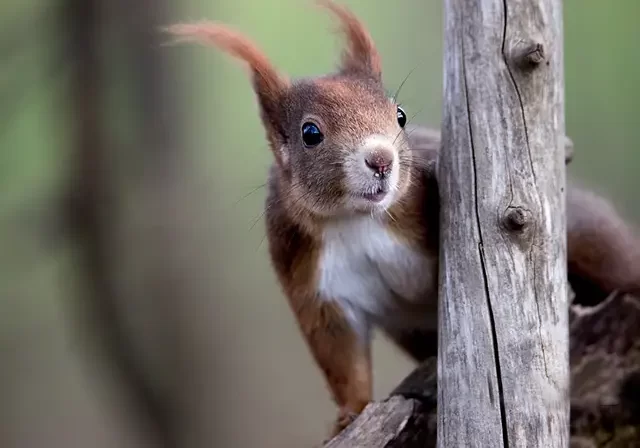
Birth
The gestation period is 36-42 days and on average there are 3 to 4 kittens or ’kits’ in each litter. Like other mammals, the 'kits' are born blind, deaf and hairless and are totally dependent on their mother. The female gives the young almost constant attention during the first ten days or so after which she is quite likely to spend a good deal of her resting period away from the young, in a nearby nest or outer nest chamber. If the female is disturbed she may carry the kits in her mouth, one by one, to another nest, which is sometimes quite a distance away. The male is not usually tolerated near the nest for the first few days after the birth of kittens and the male takes no active part in the rearing of the young.
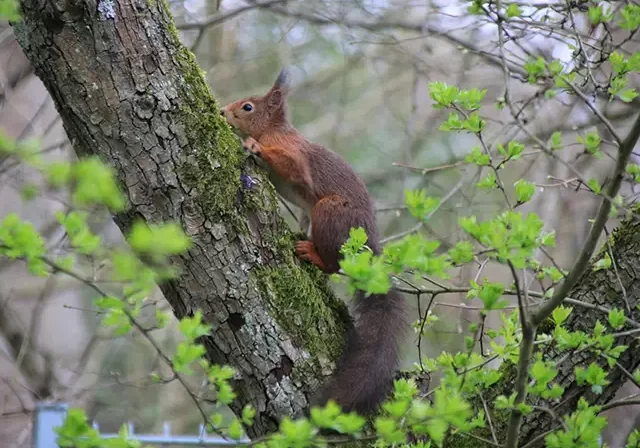
Early development
As the young develop the female spends more and more time away from the drey and, by the time the kits are three weeks old, she may leave them for several hours at a time. The kittens open their eyes at 30 days old and first leave the nest after about 45 days. At 8-10 weeks they are weaned and will start to fend for themselves although often remaining close to their drey. Their fluffy, darker baby coats change into the adult colour and by 12 weeks the youngsters will be fully independent and will disperse to find new homes for themselves. Most dispersals take place in the autumn.
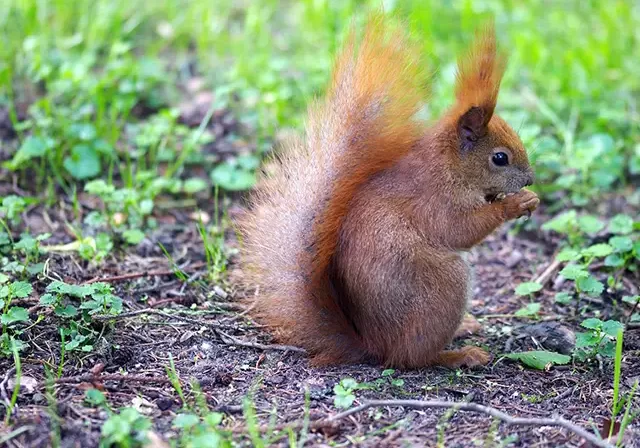
Survival
The success of the breeding season, in terms of the number of kittens born and raised, depends on the seed crop of the main trees where they live. Where there is plenty of food the squirrels build up a lot of body fat and can better survive the winter in good condition. This means they will start breeding early in the next year. However, if there is a shortage of tree seeds the squirrels do not put on much fat and are at risk of starvation or disease during the winter. Most of the survivors are then not fit enough to breed successfully.
Habitat Loss
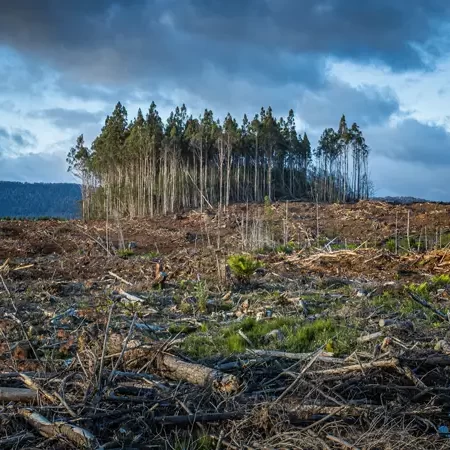
Habitat loss or fragmentation occurs when a continuous habitat is removed or becomes separated into a number of smaller areas.
This is most commonly due to human changes to the landscape structure, for example tree felling. Loss of habitat reduces the movement of squirrels between areas, leading to populations becoming isolated and increasing the possibility of local extinctions. Fragmented populations have reduced gene flow and are more susceptible to inbreeding, genetic drift and other problems caused by only having a small number of inhabitants. Physical barriers or larger geographical distances between woodland restricts the dispersal of populations and therefore also affects genetic diversity and density of red squirrels.
Within agricultural landscapes hedgerows are seen as extremely important elements for aiding the dispersal of squirrels by acting as corridors between habitat fragments. Squirrels found living within a fragmented landscape are often found to use hedgerows and tree rows as corridors when they are moving from one small woodland to another and during dispersal. Although there is a higher risk of road casualties and a higher predation risk associated with using habitat corridors and small woodland patches, this behaviour is often essential to enable the squirrel access to sufficient food and resources beyond where they were born.
Predators
Red squirrels can be accidentally killed by road traffic and may be preyed upon by pine martens, goshawks, buzzards, foxes and domestic cats & dogs although, in general, predation is not thought to have a major effect on red squirrel populations.
However, this does depend on the population size. In a small population the loss of one individual may result in a loss of genetic diversity which can be very harmful to the population and may lead to a localised extinction.
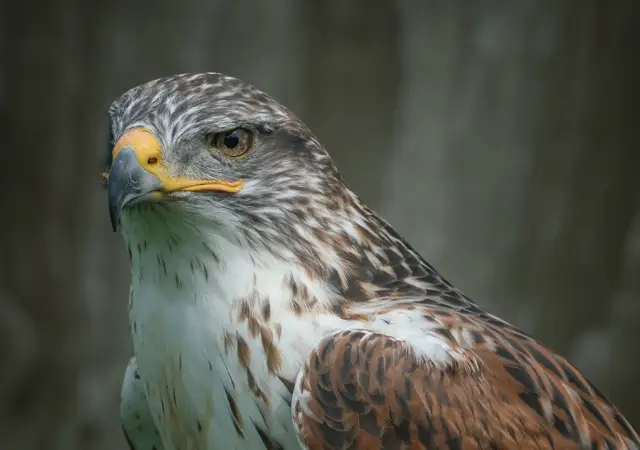
Contact Us
Don’t hesitate to ask us something. Email us directly caldewsquirrels@gmail.com
or call us at:
